The Power of Essential Amino Acids vs. Whey Protein Isolate for Muscle Growth: What You Need to Know
When it comes to building muscle, two of the most popular supplements are Essential Amino Acids (EAAs) and Whey Protein Isolate. Both of these help with muscle growth and recovery, but they work in slightly different ways. Let’s break it down so you can understand the key differences and how each one can support your fitness goals.
What Are EAAs and Whey Protein Isolate?
-
Essential Amino Acids (EAAs): These are the nine amino acids your body can’t make on its own. Since your body can’t produce them, you must get them from food or supplements. EAAs are essential for building and repairing muscles.
-
Whey Protein Isolate: This is a type of protein that comes from milk. It’s processed to remove most of the fat and carbs, leaving you with a high concentration of protein. Whey protein contains all nine essential amino acids, but it must convert into those amino acids through the digestion process.
How Do EAAs and Whey Protein Isolate Affect Muscle Growth?
EAAs and Whey Protein Isolate both help build muscle, but there’s a key difference in how they work.
-
EAAs and Muscle Protein Synthesis (MPS): When you take EAAs, your body can use them immediately to trigger muscle protein synthesis (MPS), which is the process that helps your muscles grow and recover after exercise. Because EAAs contain only the essential amino acids needed for MPS, they are quickly absorbed and put to work building muscle.
-
Whey Protein and Muscle Growth: Whey protein isolate also supports muscle growth, but it works a bit differently. It has a full spectrum of amino acids, including both essential and non-essential ones. This means that while it’s effective in triggering muscle growth, it takes longer for your body to break down and absorb the protein compared to just EAAs. However, once absorbed, it can still help repair muscles and promote growth.
The Key Difference: Absorption and Speed
The biggest difference between EAAs and whey protein isolate is the speed of absorption and how they are used by the body:
-
EAAs are absorbed faster and used more quickly for muscle building since they are already in the form your body needs. If you’re looking for a quick boost in muscle recovery right after your workout, EAAs might be a better option because they are ready to go.
-
Whey Protein Isolate takes a bit longer to digest and get absorbed, but it provides a fuller profile of amino acids. This makes it a good option for long-term muscle maintenance or when you need a more complete protein source throughout the day.
Which Should You Choose?
-
For Faster Recovery: If you're looking to speed up muscle recovery after intense workouts, EAAs are likely your best bet. They quickly jumpstart the muscle recovery process because your body doesn’t have to break them down first.
-
For Overall Muscle Growth and Maintenance: If you're trying to ensure your body has a steady supply of protein throughout the day, whey protein isolate can be a great choice. It provides a balanced amino acid profile and works well as a regular supplement for muscle support.
Combining Both for Maximum Results
Interestingly, you don’t have to choose between EAAs and whey protein isolate—you can use both! For example, you might take EAAs right after a workout to kickstart recovery and use whey protein isolate at other times of the day to maintain a steady flow of protein. This combination can be an effective strategy to optimize muscle growth.
Conclusion: EAAs vs. Whey Protein Isolate
Both EAAs and Whey Protein Isolate are powerful tools for building and maintaining muscle. EAAs are faster acting and perfect for quick recovery, while whey protein isolate offers a more complete protein source for overall muscle growth. The choice between the two depends on your personal fitness goals, timing, and how you prefer to supplement.
Remember, supplements are just one part of the equation—proper nutrition, training, and rest are also key factors in achieving your muscle-building goals.

Citation:
Ferrando AA, Wolfe RR, Hirsch KR, Church DD, Kviatkovsky SA, Roberts MD, Stout JR, Gonzalez DE, Sowinski RJ, Kreider RB, Kerksick CM, Burd NA, Pasiakos SM, Ormsbee MJ, Arent SM, Arciero PJ, Campbell BI, VanDusseldorp TA, Jager R, Willoughby DS, Kalman DS, Antonio J. International Society of Sports Nutrition Position Stand: Effects of essential amino acid supplementation on exercise and performance. J Int Soc Sports Nutr. 2023 Dec;20(1):2263409. doi: 10.1080/15502783.2023.2263409. Epub 2023 Oct 6. PMID: 37800468; PMCID: PMC10561576.
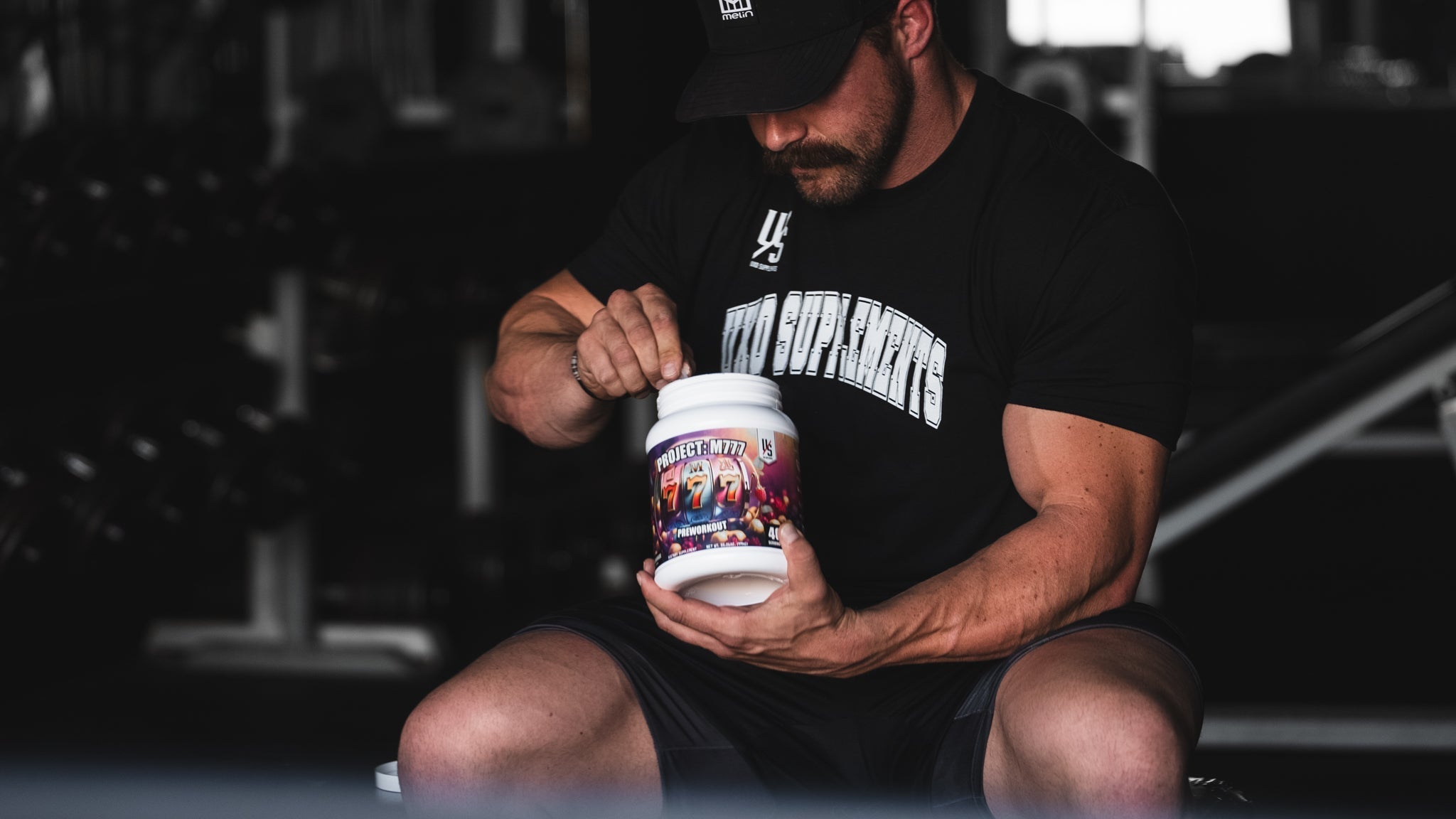


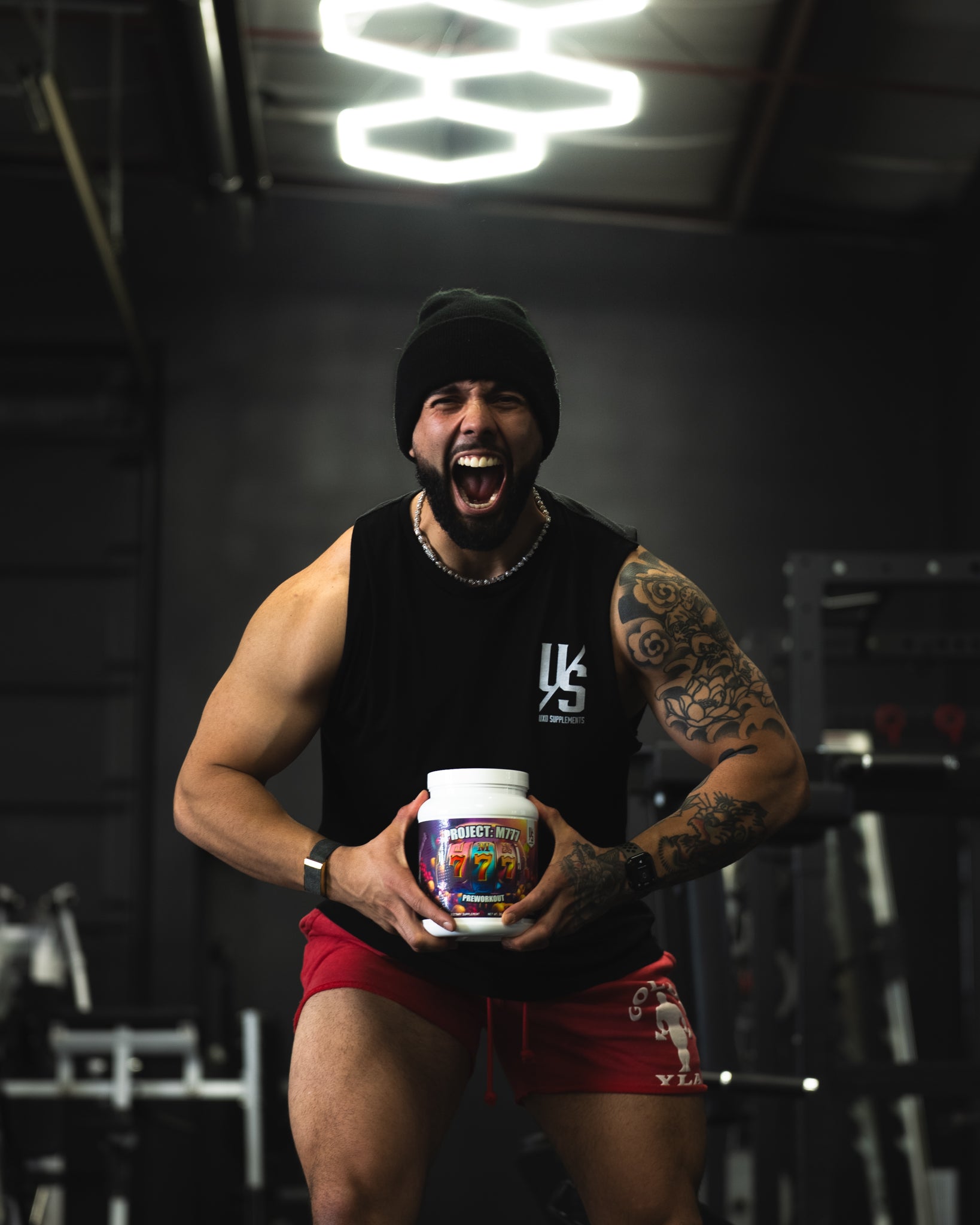





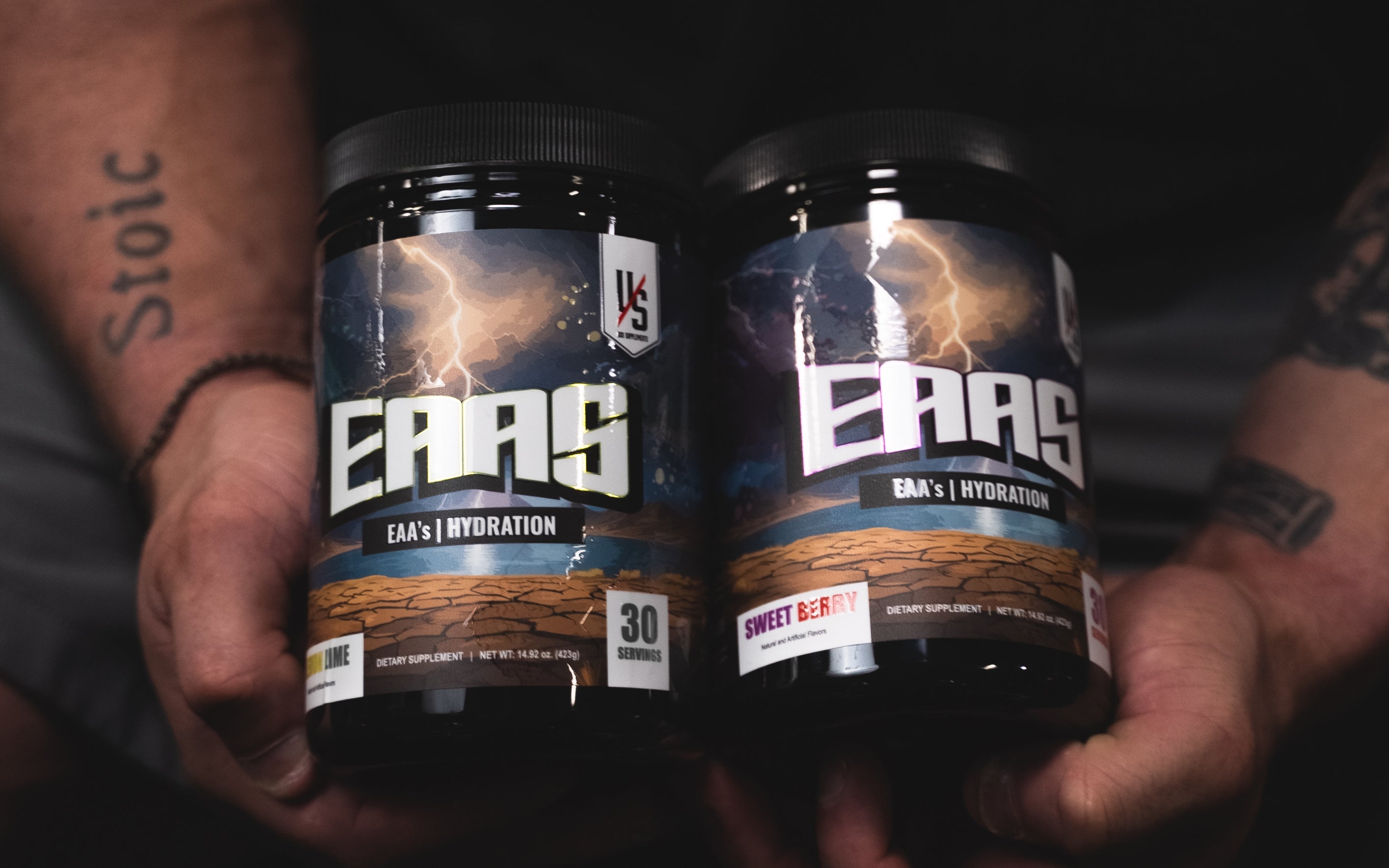

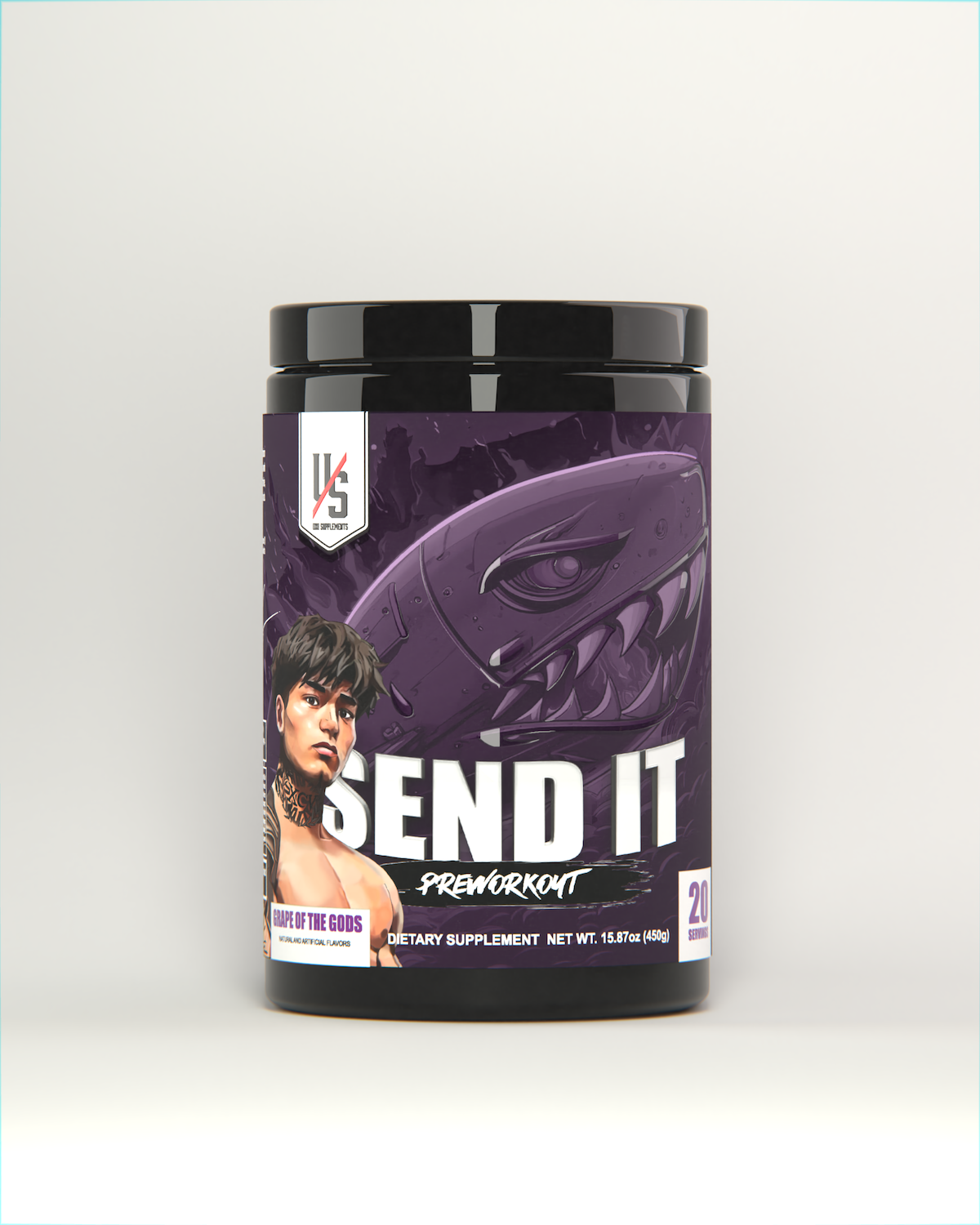
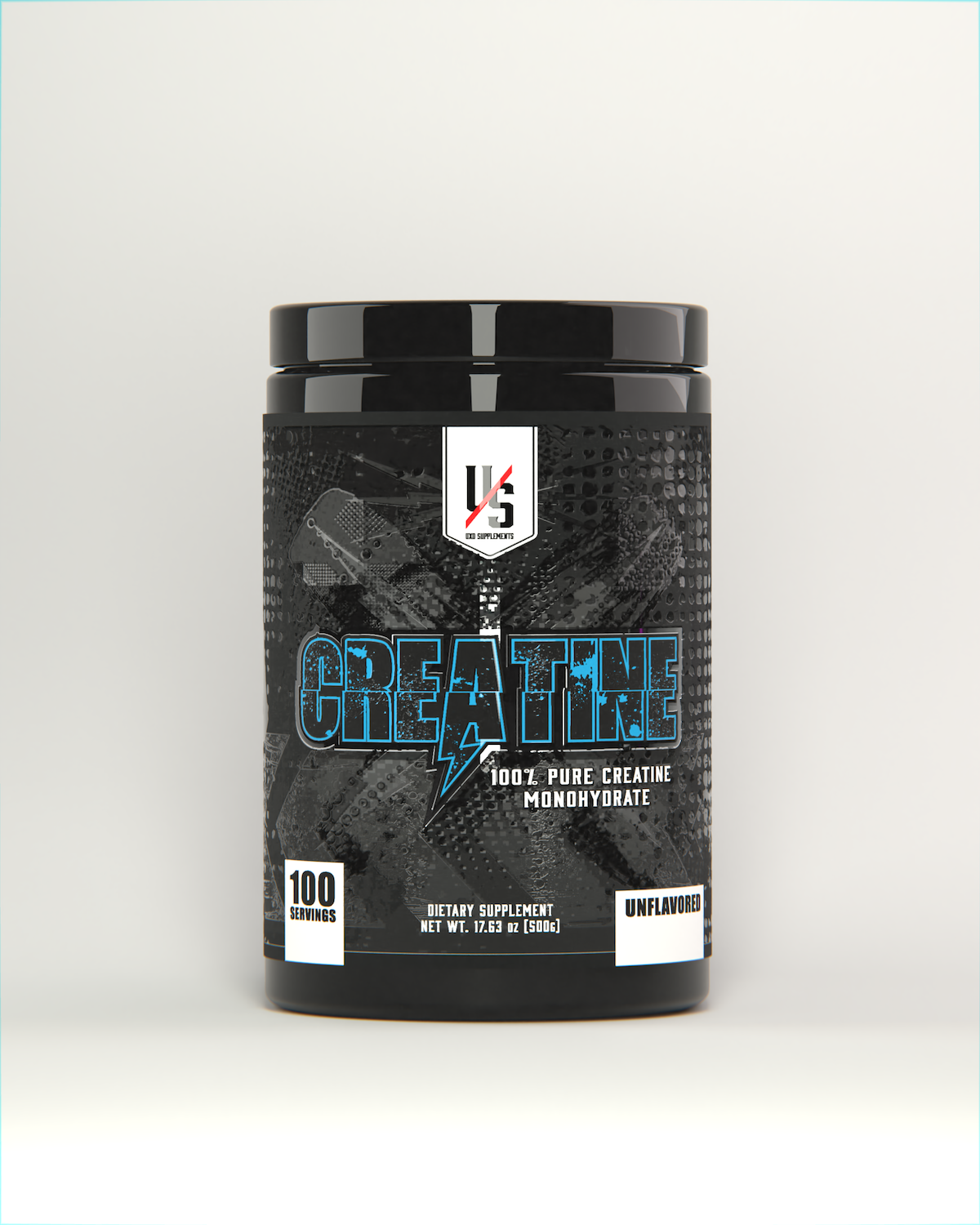
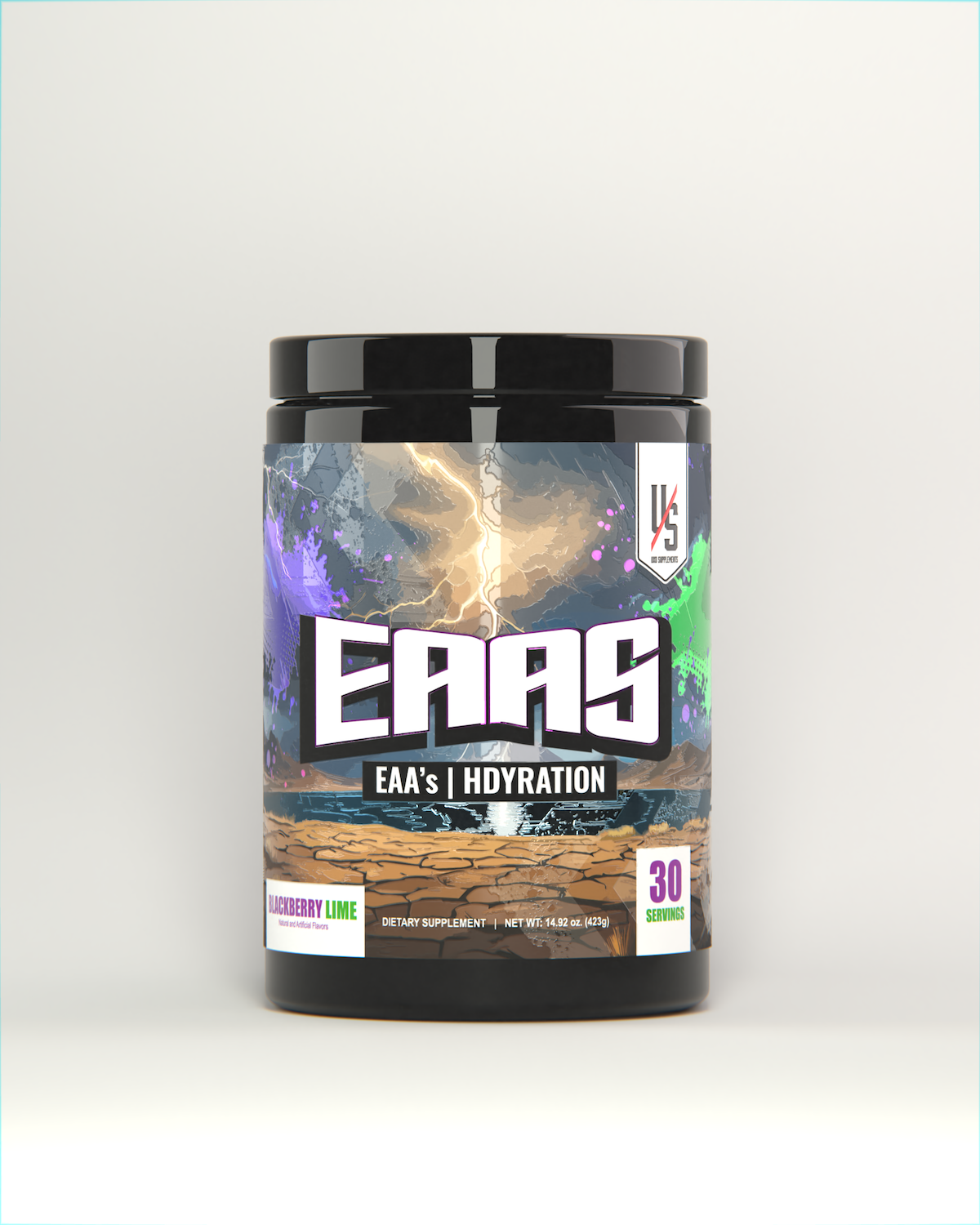
Leave a comment
All comments are moderated before being published.
This site is protected by hCaptcha and the hCaptcha Privacy Policy and Terms of Service apply.